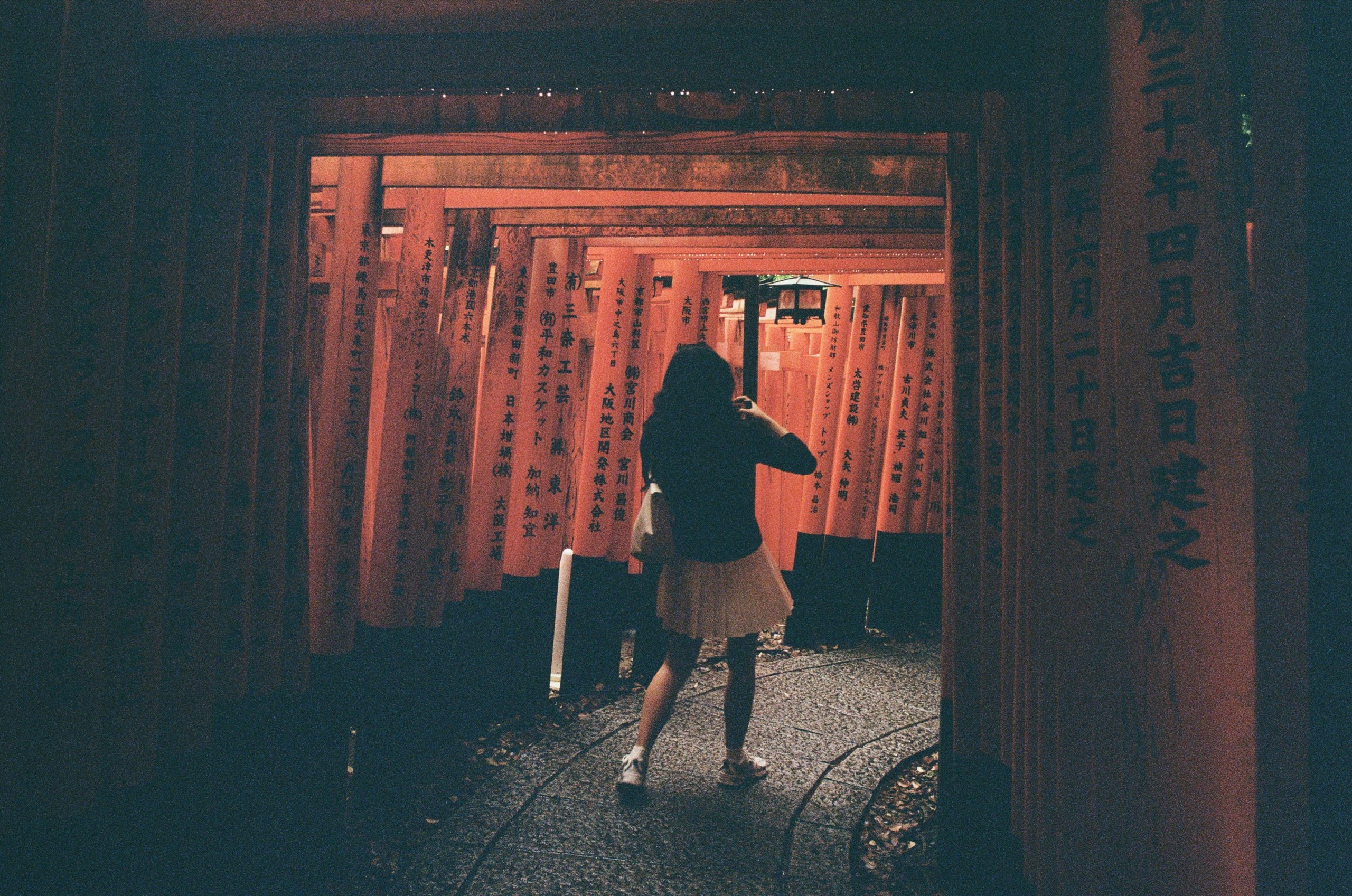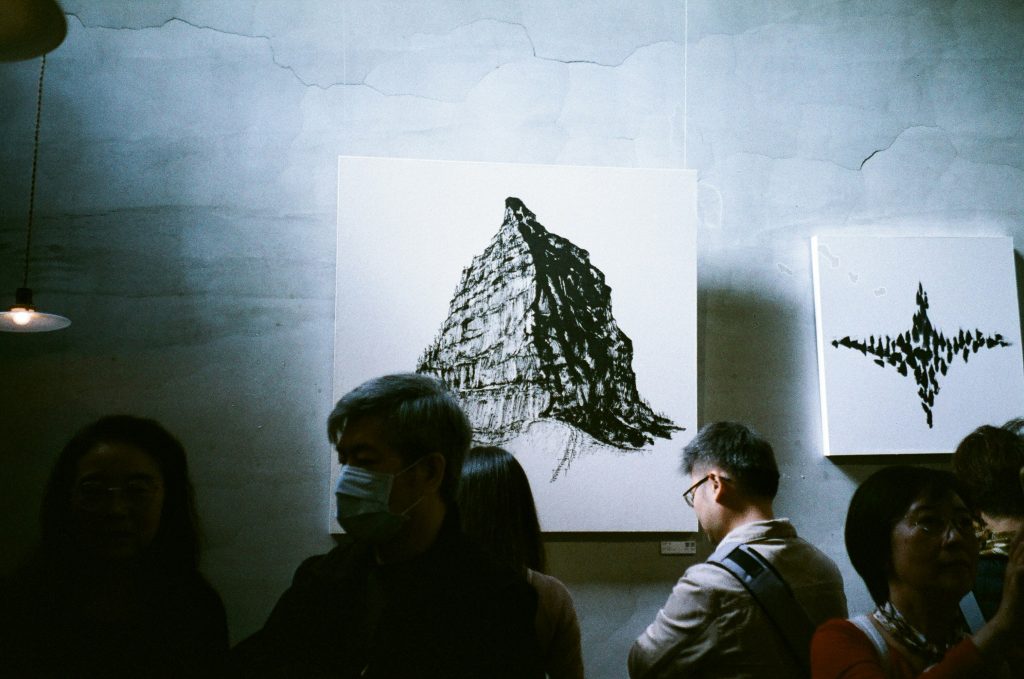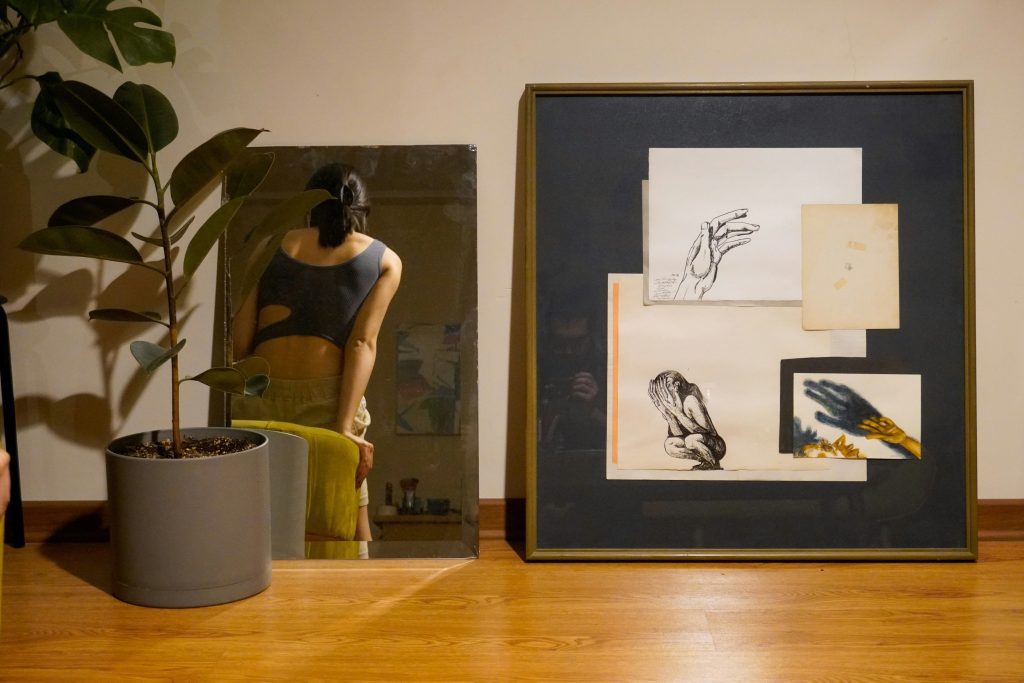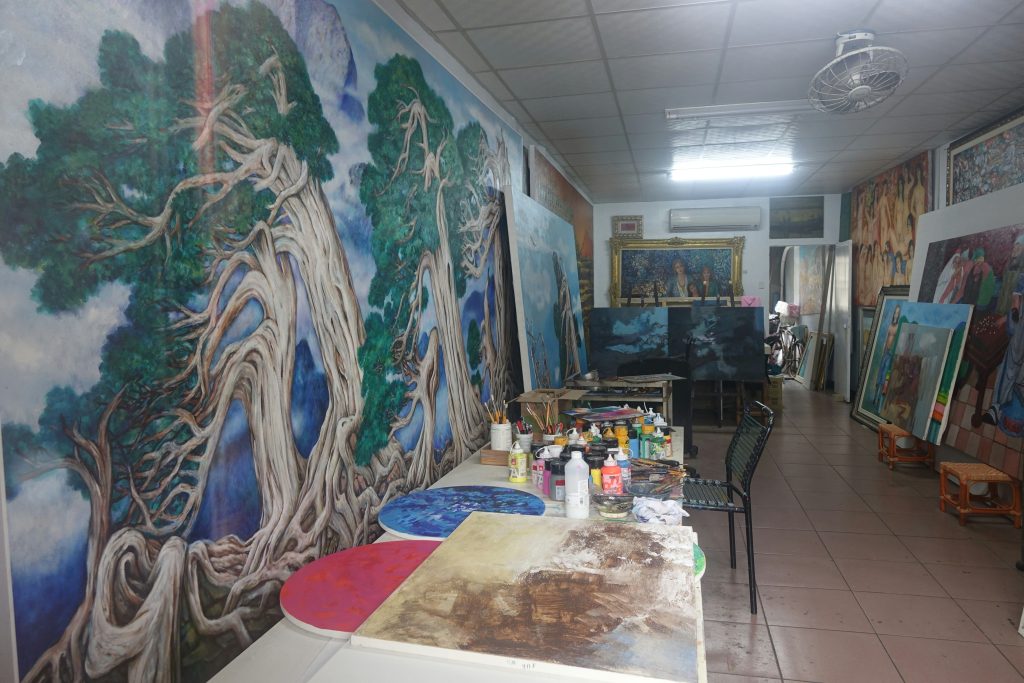
22 Sep Creative Spaces That Boost Productivity and Artistic Growth
Introduction
A creative space is more than just a room with tools and materials—it is the heart of an artist’s practice. Studios foster productivity, experimentation, and artistic growth by offering an environment where ideas can freely develop. Research shows that surroundings have a strong impact on mental well-being, motivation, and creative flow, making the choice of workspace a vital step in any artist’s journey.
However, contemporary artists often face challenges in securing ideal spaces. Rising urbanization and property costs limit access to affordable studios, while availability and practicality can add further complications. Beyond functionality, artists must also seek out spaces that inspire, encourage focus, and reflect their personal style.
The purpose of this guide is to empower artists with knowledge and resources to identify, secure, and design creative environments that align with their unique practices. Whether working from home, within a collective, or exploring unconventional studio setups, the right space can be transformative.
Types of Creative Spaces and Studios
Home Studios
For many artists, home studios are the most accessible option. They offer convenience, cost-effectiveness, and flexibility, allowing artists to work on their own schedules without additional commuting. Home setups can be as simple as a dedicated desk or as elaborate as a converted garage. However, challenges such as limited space, household distractions, and the blurring of work-life boundaries must be carefully considered.
Shared or Co-Working Studios
Shared studios or co-working spaces provide opportunities for community, networking, and resource-sharing. These environments encourage collaboration, feedback, and exposure to diverse creative practices. On the other hand, noise, privacy concerns, and scheduling conflicts can be obstacles, particularly for artists who need solitude to focus.
Dedicated Studio Spaces
For artists requiring larger or specialized facilities, rented lofts, industrial units, or buildings designed specifically for creative use offer significant advantages. Dedicated studios provide ample space for large-scale works and technical installations. Features such as high ceilings, proper ventilation, and specialized lighting make them particularly valuable for painters, sculptors, or mixed-media artists.
Artist Residencies
Residencies present unique opportunities to create within new environments, often with access to high-quality facilities and mentorship. They encourage focus and exploration while connecting artists to local or international communities. While residencies are temporary and often competitive, they can be transformative experiences that inspire new directions in artistic practice.
Alternative Spaces
Not all studios follow conventional formats. Pop-up studios, outdoor work areas, and repurposed buildings such as warehouses or abandoned shops offer adaptable environments for non-traditional practices. These experimental spaces are especially appealing to artists who thrive on flexibility and unconventional expression.
Key Factors in Choosing a Workspace
Choosing the right workspace depends on multiple factors, starting with location and accessibility. Being close to home, suppliers, and a supportive community ensures practicality, while the surrounding neighborhood often shapes daily inspiration.
Budget and sustainability also play a role. Rent, utilities, and maintenance should be weighed against long-term affordability. A low-cost studio may be practical in the short term, but sustainable planning ensures the space can grow with the artist’s career.
Space requirements vary by discipline. A digital artist may thrive in a compact studio with excellent lighting and soundproofing, while a sculptor may require expansive floorspace and durable infrastructure. Layout considerations—whether open-plan or partitioned—directly impact workflow and efficiency.
Modern studios must also include amenities and infrastructure such as reliable electricity, climate control, and specialized features like natural light, soundproofing, or extraction systems for materials.
Finally, artists should consider basic building requirements and safety standards. Features such as fire safety, ventilation, and accessible facilities make the workspace both functional and secure.
Designing an Effective and Inspiring Studio
An artist’s studio should balance functionality with inspiration. Designing an effective layout often involves zoning areas for creation, storage, and administrative work to minimize disruptions.
Lighting and ambiance play a crucial role. Natural light is ideal for most artistic practices, but adjustable artificial lighting ensures consistent conditions at any time of day. Color psychology also matters—neutral tones encourage focus, while vibrant palettes can stimulate creativity.
Storage and organization are essential for keeping materials, tools, and finished pieces accessible yet uncluttered. Mobile shelving, labeled storage bins, and modular systems allow artists to stay organized without sacrificing flexibility.
Comfort should not be overlooked. Ergonomic furniture and designated break areas prevent physical strain and burnout, ensuring that creativity remains sustainable.
Lastly, personalization helps a space reflect an artist’s vision. Mood boards, inspirational objects, and rotating displays of works-in-progress keep the environment fresh and motivating.
Balancing Practicality and Creativity
The most successful studios strike a balance between meeting technical requirements and nurturing artistic expression. On a practical level, durable flooring, adequate ventilation, and sturdy surfaces are essential to withstand the demands of various media.
At the same time, fostering inspiration requires spaces that evolve with artistic practice. Dynamic layouts, sensory variety, and adaptable areas ensure the studio remains a source of motivation rather than stagnation.
Regular maintenance and updates keep the space safe, efficient, and relevant. As an artist grows, their needs shift—making flexibility in design just as important as the initial setup.
Resources for Finding and Creating Spaces
Artists today have access to a wide range of resources when searching for or creating workspaces. Online platforms—from arts-specific real estate sites to creative community forums—offer searchable listings and recommendations. Local arts councils, studio collectives, and word-of-mouth referrals remain invaluable for discovering hidden opportunities.
Support options such as grants, subsidies, and residency programs may also help artists gain access to suitable spaces. In some cases, artists collaborate with peers or community organizations to share costs and responsibilities.
For those with limited budgets, DIY adaptations such as converting garages, basements, or unused rooms provide effective solutions. Incorporating sustainable and budget-friendly renovation techniques makes these transformations more accessible.
Where necessary, professional guidance from architects or designers can help ensure that studios are safe, functional, and tailored to artistic needs.
Conclusion
The studio is more than just a workspace—it is a catalyst for artistic development and professional growth. By carefully considering location, budget, functionality, and inspiration, artists can design environments that fuel creativity and resilience.
Empowered with the right knowledge, artists can confidently shape their own creative environments and explore innovative ways to make them sustainable. As art continues to embrace emerging trends such as digital practices and environmentally conscious design, the spaces artists occupy will continue to evolve.
Ultimately, a well-designed creative space is not just a backdrop for making art—it is an investment in one’s artistic journey, shaping both the process and the work that emerges from it.
Key Takeaways
- A creative studio is more than just a workspace—it directly influences productivity, well-being, and artistic growth.
- Artists can choose from various studio types, including home setups, shared/co-working spaces, dedicated studios, residencies, and unconventional alternatives.
- Key factors in selecting a workspace include location, budget, size, amenities, safety, and long-term sustainability.
- Designing an effective studio involves thoughtful layout, good lighting, organized storage, ergonomic comfort, and personal touches that inspire creativity.
- Successful studios balance practicality with creativity, evolving alongside the artist’s needs and practice.
- Numerous resources—such as online listings, arts councils, grants, collectives, and DIY adaptations—support artists in finding or creating suitable studios.
FAQs
What factors should artists consider when choosing a creative studio?
Artists should evaluate location, budget, and space requirements while also prioritizing safety and accessibility. Essential elements such as natural light, ventilation, and reliable utilities make a big difference. The best studio balances functionality with inspiration, ensuring it supports both creative needs and long-term sustainability.
How can artists make small or home studios more effective?
Maximizing a small studio begins with organization—using modular storage, labeled containers, and mobile shelving. Good lighting and ergonomic furniture improve productivity, while personalized elements like mood boards or inspiring décor keep motivation high. Creating clear zones for work, storage, and relaxation also helps separate focus from daily distractions.
What are some affordable options for securing a creative workspace?
Affordable workspace solutions include converting garages, basements, or spare rooms into studios, joining shared creative spaces, or applying for artist residencies. Many artists also explore community-led initiatives, grants, or cost-sharing arrangements with peers. These approaches provide access to functional, inspiring studios without overwhelming financial strain.
Art is not just about beauty—it’s about connection. This piece examines how artistic expression empowers global collaboration, fosters cultural empathy, and plays a transformative role in creating bridges of peace and understanding across diverse societies and traditions.




